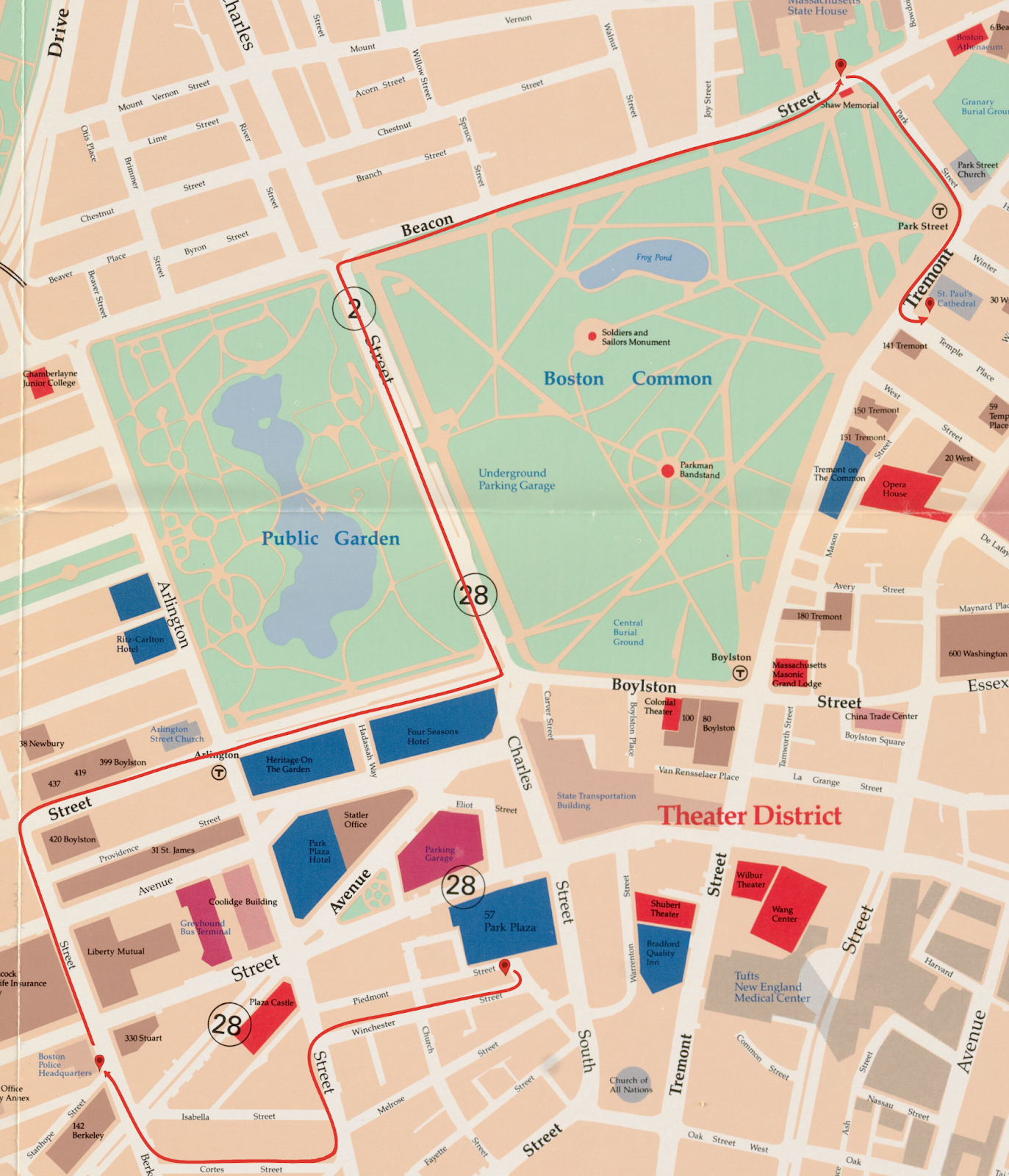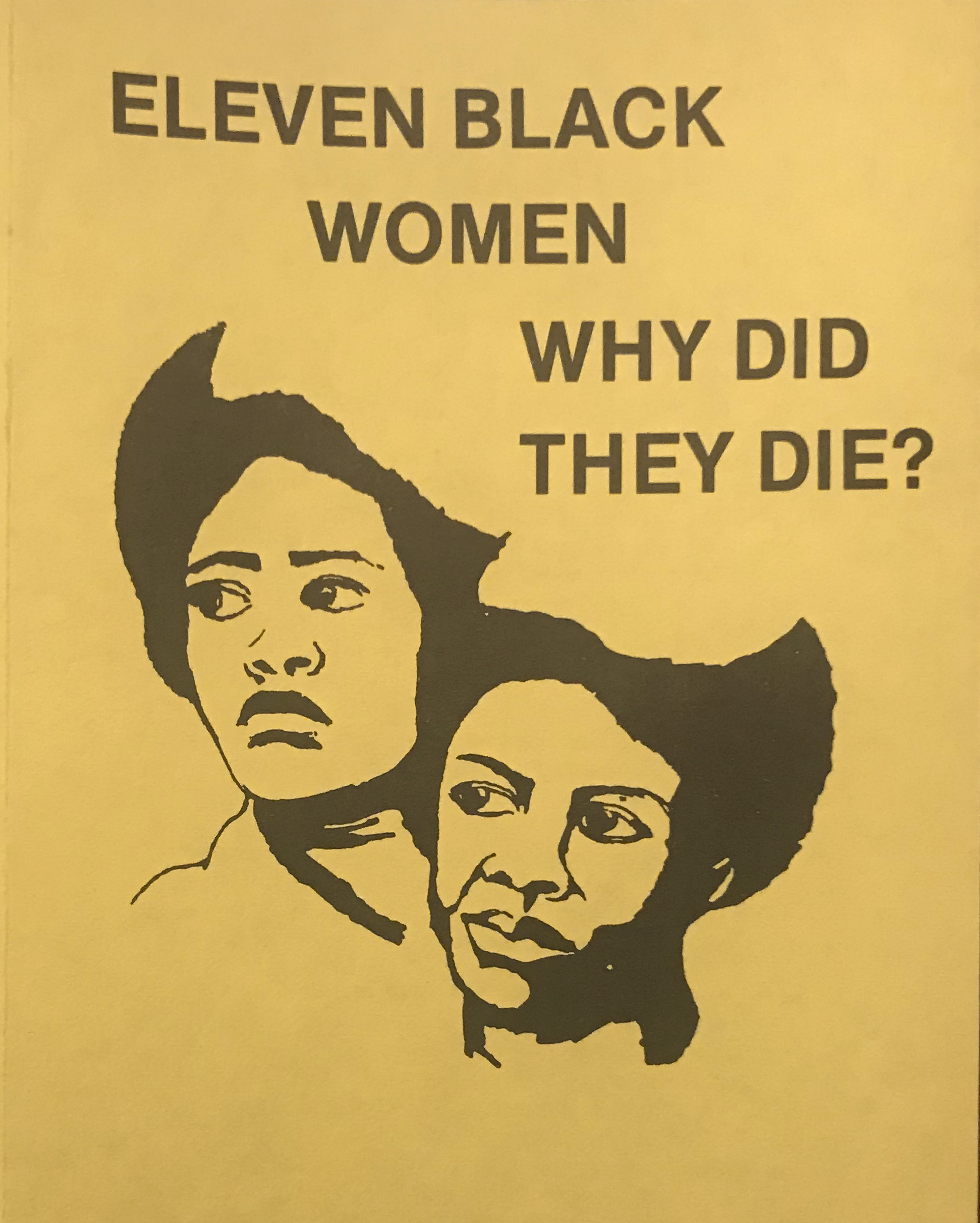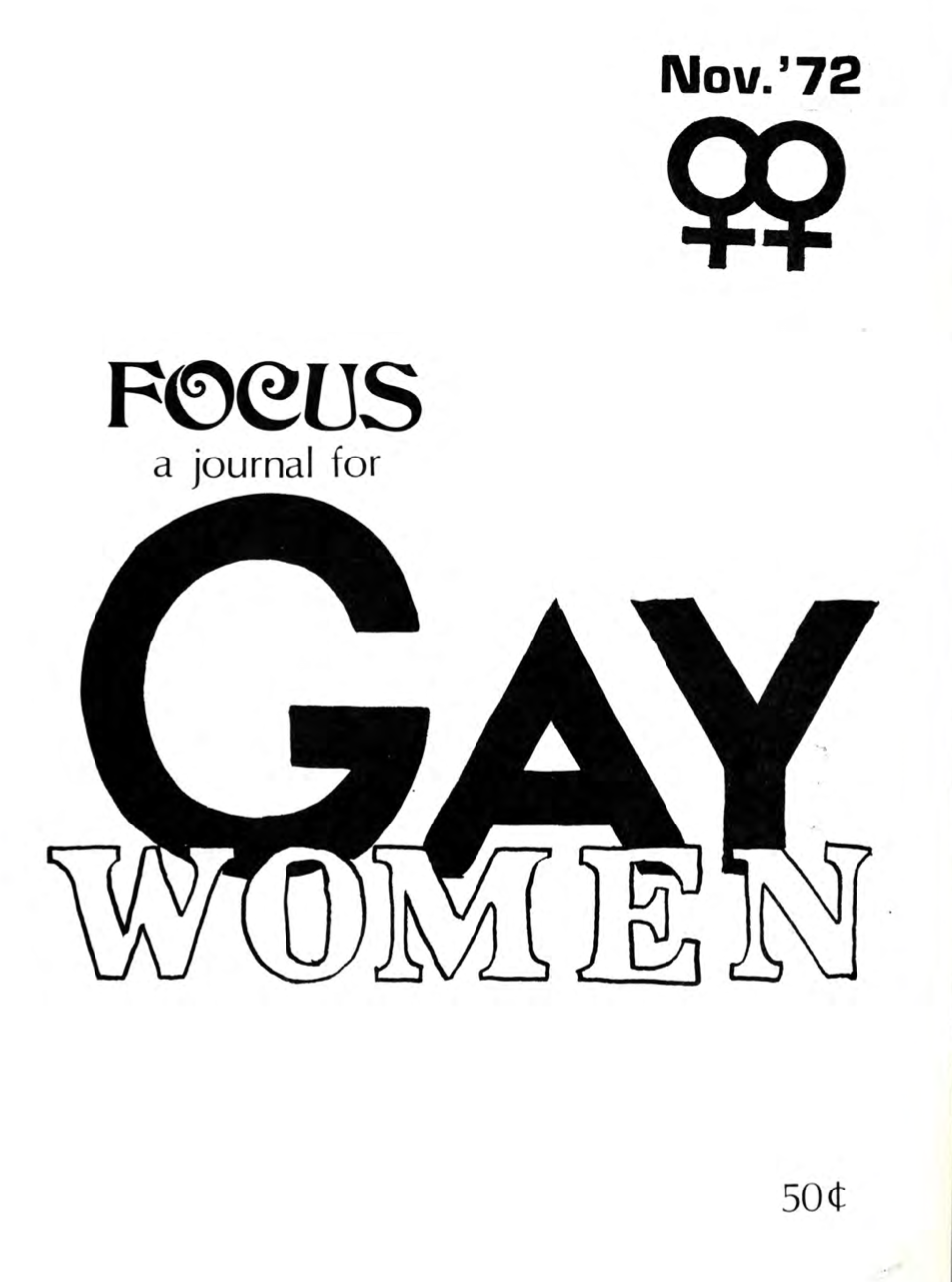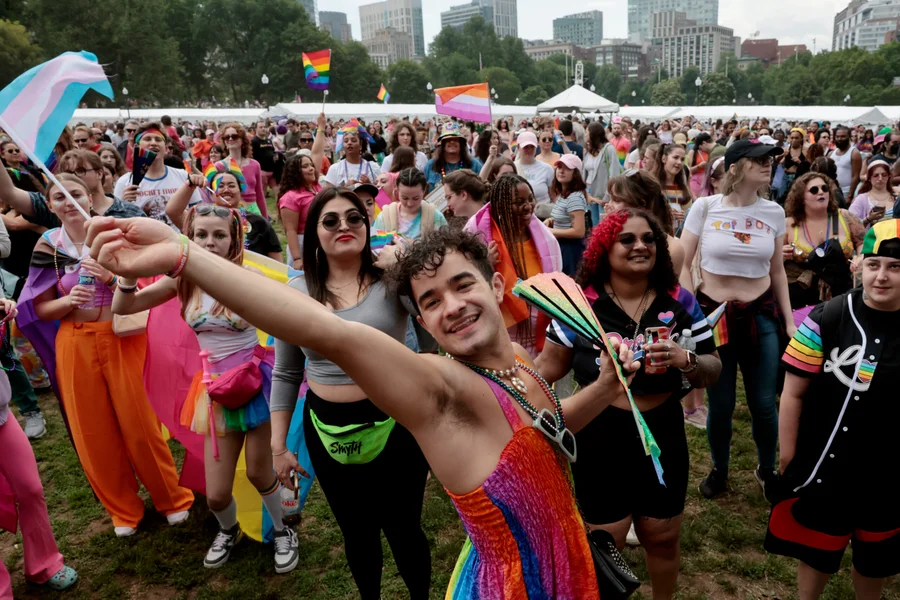This article was written by Zoe Colimon. Zoe is a student at the Boston Latin School and spent the summer of 2023 as a Seevak Fellow at the Leventhal Center working on public projects related to maps and social justice, and georeferencing atlases for Atlascope. Alongside her drive to explore Boston’s history through a queer, racial, and artistic lens, Zoe incorporates her love of astrophysics and computer science into her work by combining critical thinking with technological skills.
On May 17, 2004, a historic turning point unfolded when the case Goodridge v. Department of Public Health made Massachusetts the first state in the U.S. to legalize same-sex marriage. This 4–3 ruling preceded a series of judicial efforts to support the LGBTQ+ community nationally. It is critical to acknowledge that this decision was only 20 years ago, and same-sex marriage was legalized nationally only eight years ago.
Boston specifically has a rich history of LGBTQ+ life and resilience that has led to the diverse queer network that the city holds today. Although current-day Boston appears extremely welcoming, it’s important to recognize that this liberation was gained through the tireless efforts of the LGBTQ+ community fighting for their rights and visibility. Exploring the timeline of this tenacious community is vital to understanding what LGBTQ+ people have endured, and how a true sense of community can facilitate progress against all odds.
Spaces of adversity and resistance

Through a network of safe spaces, the LGBTQ+ community of twentieth-century Boston forged connections and navigated adversity together. Starting with speakeasies in the 1920s and 1930s, such as Crawford House at 83 Court St. and Playland Cafe at 21 Essex St. in downtown Boston, the LGBTQ+ community expanded their networks of safe gathering spaces.
The 1950s served as a transformative decade. With the Massachusetts Supreme Judicial Court ruling upholding sodomy laws in 1954 and 1959, the prospect of legal progress on same sex relations appeared bleak. Furthermore, the intensification of the Red Scare during the 1940s and early 1950s paved the way for the “Lavender Scare” policy. The Lavender Scare was put into effect under the notion that the queer community “posed a threat to national security because they were vulnerable to blackmail and were considered to have weak moral characters,” says historian David K. Johnson. Via this policy, every government employee was subject to an unlawful security investigation without the presence of an attorney. Many were asked invasive and intimate questions about their private sexual lives.

The Napoleon Club and Mario’s are mapped on this 1963 atlas from our collections.
Nevertheless, queer Boston continued to create safe spaces through a diverse network of bars. In the 1950s, Park Square and Bay Village in downtown were essential to the development of queer Boston through its clubs such as The Punch Bowl at 12 Carver St., Jacques at 79 Broadway St., the Napoleon Club at 52 Piedmont St., and Mario’s at 69 Church St., which were all within a few blocks of each other. Established in 1929, the Napoleon Club hosted an ever-present nightlife for the queer community, becoming an exclusively gay club in 1952. It was even visited weekly by the legendary Judy Garland before her suicide. The Punchbowl expected a line out the door of several hundred on the daily, and it was usually populated by individuals ranging from students to drag queens. Nestled in the landscape of hysteria and bigotry, these safe havens were simultaneously subject to police raids. A witness of one of these tense moments recalls that “they used to flash the lights in the bar when the police came in. You had to switch partners (on the dance floor) in one second, woman to man. It was always touch and go about the cops coming in and raiding the place.” Aside from the distressing nature of these raids, older members of the community agree that these bars supported them by giving them a space to embrace their true identity.

Jacques is mapped on this 1963 atlas from our collections.
These clubs provided essential safe havens for queer individuals and their importance remained steady over the years. In fact, not only did these clubs serve as safe spaces for the broader LGBTQ+ community, but they also offered a haven for specific groups within the community. Opened in 1939, Jacques served as a hotspot for lesbians of the 1970s. With its spectacular drag shows and cross-dressing scene, it still stands as a safe space for Boston’s trans patrons. Its allure extends beyond its performers; being known for its racially diverse crowd, it is a consistent safe space for queer individuals of color. The Napoleon Club followed Jacques in fame, and even regularly featured the Black pianist and singer known as Sidney in the 1950s.
Policing and protest
Given the moral climate of the time period, Park Square was heavily scrutinized. Frederick Langone, a city council member from 1961–1971, advocated for the destruction of these institutions and surrounding bars, as he believed that “we will be better off without these incubators of homosexuality and indecency… we will uproot this cancer in one area of the city.” This hateful messaging failed to halt the community’s development, as the first Boston Pride of 1971 was held shortly after this declaration.

Map of the route of the first Boston Pride march
Inspired by the Stonewall riots of New York, 1969, activists and community members took to the streets in unity, starting their march at Jacques. The marchers then made their way to the Boston Police Headquarters, the Massachusetts State House, and St. Paul’s Cathedral. The parade ended at the Boston Common, where the marchers then commemorated Stonewall.
The turnout was incredible, and led to the creation of the annual march we know today. It was both a protest and a celebration, illustrating the community’s ever-present drive. Three years later, the case Commonwealth v. Balthazar of 1974 led to the halting of local systemic oppression in Massachusetts on the basis of an individual’s sexual orientation in areas ranging from housing to employment.

A Combahee River Collective pamphlet from 1979. Courtesy of The History Project
While bars acted as safe spaces for casual community bonding, a variety of other spaces served as meeting grounds for working towards systemic change. The Cambridge Women’s Center at 46 Pleasant St., founded in 1971, housed the Combahee River Collective, which was a network of Black queer women who tackled issues across the board ranging from violence against Black women to heterosexism within our society. As key advocates for the concept of intersectionality, Black queer women also produced pamphlets in response to the unjust murders of tens of Black women in Boston within the same time period. This was also the meeting place for the Lesbian Therapy Research Project and Lesbian Mothers’ Support Group. Lesbian Liberation meets there weekly to this day. Black lesbians were forerunners of activism in the 1970s and 1980s, as they were instrumental in the formation of the National Black Feminist organization. Through these collective efforts, Black women kept feminist and LGBTQ+ work closely intertwined.
Communities in coalitions

A Daughters of Bilitis newsletter from 1972. Courtesy of the History Project.
Paradoxically, today’s anti-gay rhetoric of many funadmentalist Christian groups stands in contrast to the relative harmony of the Christian and queer communities in Boston of the 1970s. The Old West Church at 131 Cambridge St. was one of the first Boston churches to welcome the LGBTQ community with open arms in 1970. It was even a meeting spot for queer organizations, events, and support groups. In 1978, GLAD (Gay & Lesbian Advocates and Defenders) was founded within its basement walls. GLAD is still home to lawyers who represent gay and lesbian interests in court, acting as pioneers for legal representation by and for queer individuals.
Meanwhile, the Old Cambridge Baptist Church at 400 Harvard St. hosted the first headquarters of The National Lesbian and Gay Task Force. It has also been the meeting place for the Daughters of Bilitis, which was the first group in the nation to focus solely on lesbian rights. This group, along with organizations like BAGLY (The Boston Alliance of Gay, Lesbian and Transgender Youth), Boston Gay Men’s Chorus, and the Homophile Union, also used the Arlington St Church at 353 Boylston St. as a meeting space. This church also hosted the first same sex marriage in the country in 2004, subsequent to the aforementioned hearing of the early 2000s.
The Old South Church at 645 Boylston St., another historical site in Boston, offered counseling and healing resources during the AIDS epidemic of the 80s, both in the church and in the private dwellings of its members. The church was even recently named “open and affirming” by the UCC (United Church of Christ). Given that this title is only given to churches that complete a detailed operation of LGBTQ+ inclusion, it serves as a certified site where LGBTQ+ individuals can express their faith freely and without scrutiny. The church even hosted Quinn Caldwell, its first openly gay minister from 2005 to 2010. He returns annually to deliver Pride sermons in June.
Queer space for a new generation
Newer bars such as dbar in Dorchester and The Midway in Jamaica Plain continue to foster young queer life. Regrettably, the fight for true equality continues not only outside, but within the community as well. As with any minority group, prejudices within the community lead to tense settings and halt internal progress. The annual Boston Pride parade was recently reproached for its lack of inclusivity, with specific incidents that led to the critical turning point of that organization.
The Pride organization’s lack of support for the #BlackLivesMatter movement in May 2020 caused an uproar among Black queer individuals. Dissatisfaction with the organization had already pushed many to boycott Boston Pride in the late 2010s because of its predominantly white cisgender board, putting the organization under scrutiny to begin with. This scandal also caused the resignation of 80% of their volunteers. This incident was the catalyst to making the parade more inclusive in the years to follow, after the disruptions of the COVID pandemic. Through diversifying the board and making the parade less corporate, the Boston Pride board made strides in reforming the previous decades’s issues.
When asked about Boston Pride around 2018–19, Amir Dixon, the director of “Black: Narratives in Boston Black Queer & Trans History'' stated that “it was less to me about the racism and far more about the classism that we are dealing with in Boston.'' Amir discussed how the film was also meant to highlight the jubilation within these Black and queer identities, highlighting that most discussions surrounding LGBTQ+ identity focus solely on the pain the community experiences. Amir also detailed the reality that “in Boston, specifically, we are working for the movement and nonprofits and etc., but are still dealing with the classism, still dealing with the elitism, the racism…Boston pride at the time was using the moniker of being about the revolution, about the people, about all LGBTQ people, when in reality it was just a form of capitalism.”

Travis Anctil dances during the Boston Pride For The People festival at the Boston Common. Craig F. Walker/The Boston Globe
Since then, The Boston Pride board worked to diversify its committee, leading to a more inclusive Boston Pride of 2023. Amanda Shea, the producer of the previously mentioned film, highlighted the slow progression towards equality in large-scale queer organizations. When asked to respond to the bittersweet aspect of this work, she said that the work towards making Boston pride more inclusive “took a long time. But change, I feel, takes a long time… beautiful things can be born and rebirthed out of those things that are trying to disempower us and keep us disenfranchised and we’re just not going to allow it anymore.”
Our articles are always free
You’ll never hit a paywall or be asked to subscribe to read our free articles. No matter who you are, our articles are free to read—in class, at home, on the train, or wherever you like. In fact, you can even reuse them under a Creative Commons CC BY-ND 2.0 license.